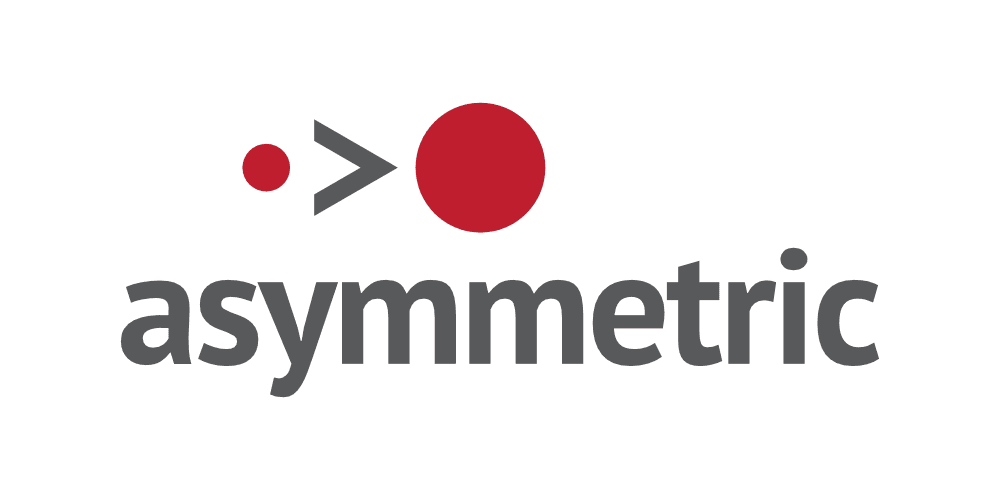"What Kind of Paid Ad Results Can I Expect?"
This is a question our clients and sales prospects ask us on a regular basis.
I like to think I've been developing a better answer as I approach doing digital marketing professional for a decade now.
Here is what I have for today's answer (which I hope is better than yesterday's but not as good as tomorrow's):
Use this calculator I made to project different ad performance possibilities
from Pessimistic to Fair to Optimistic based on historical data and industry benchmarks.
Fill in the blue cells and the others should calculate accordingly.
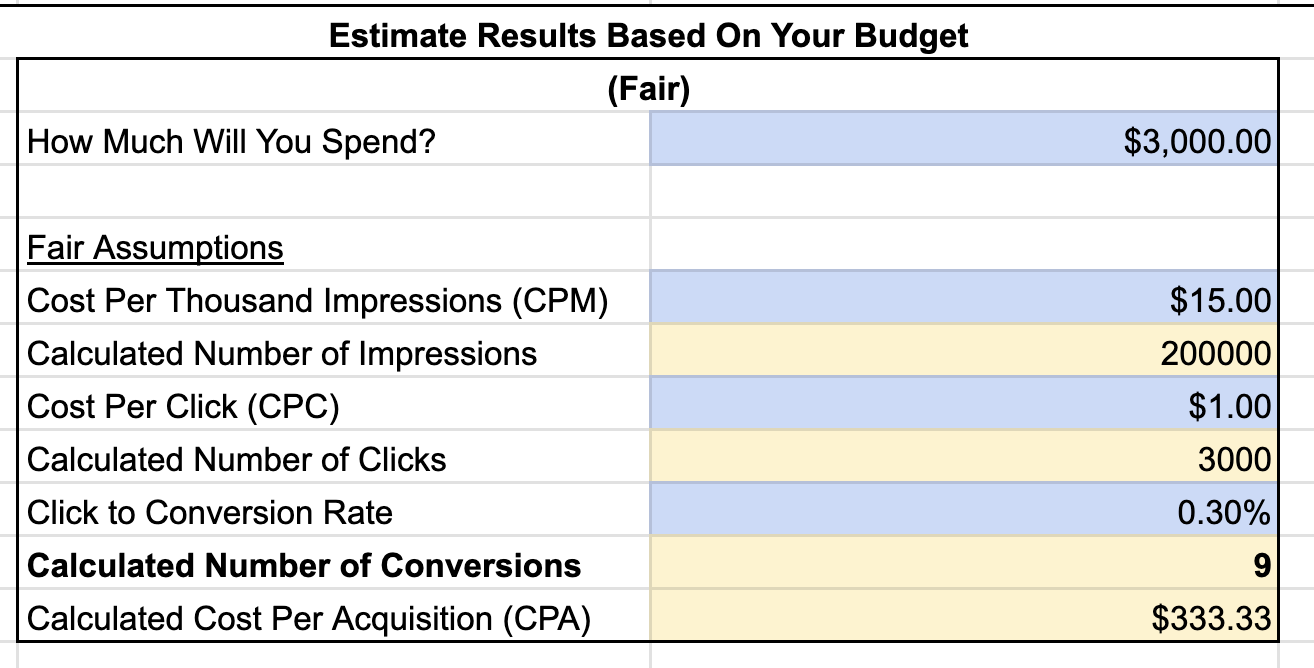
What are Normal PPC and Paid Social Media Ad Benchmark Numbers?
Here are the normal ranges that I've seen in hundreds of client accounts over 9+ years:
- Cost Per Thousand Impressions (CPM): $10-25
- Cost Per Click (CPC): $0.75 - $5 or more (depending on the channel and targeting)
- Conversion Rate: 0.1% - 4%
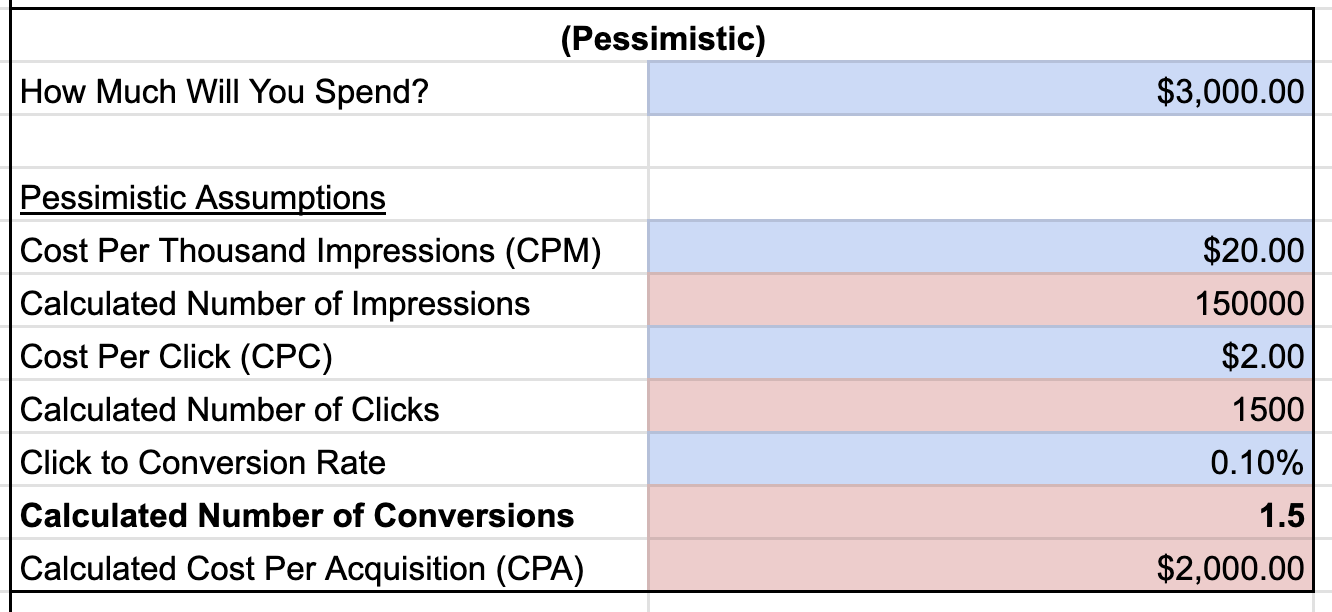
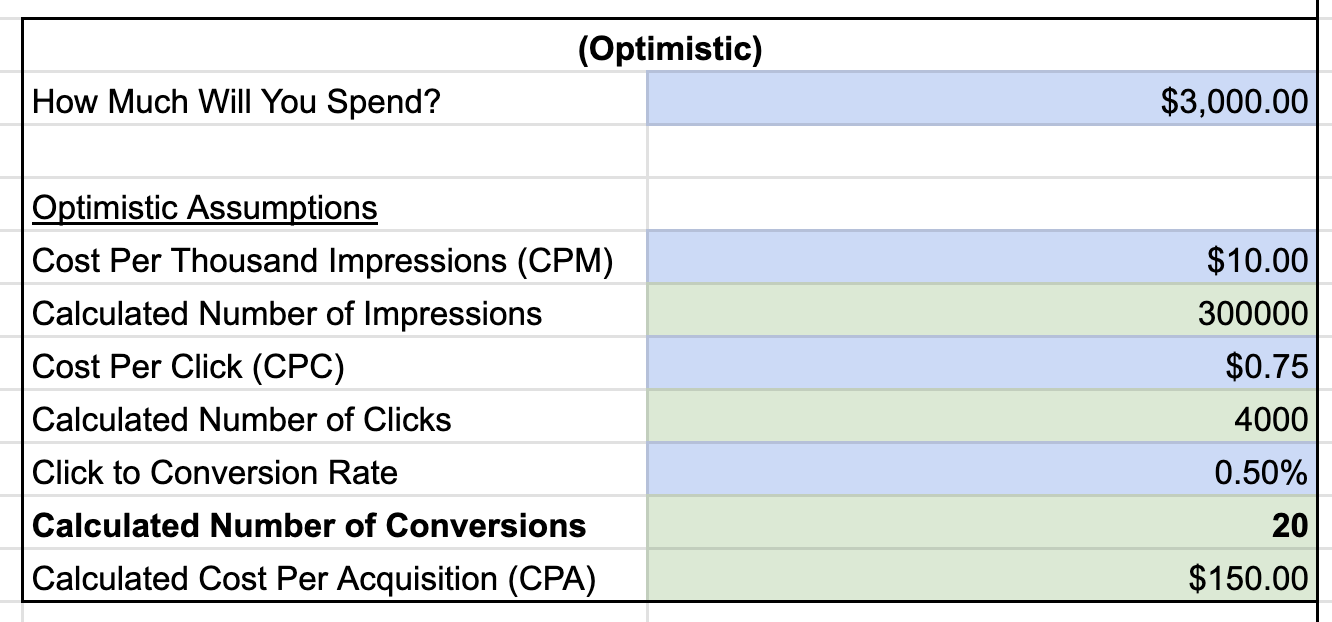
Calculate How Many Paid Ad Conversions You Can Expect
Try the Calculator for Yourself
Note: you'll need a Google / Gmail account so you can make a copy as below under "File > Make a copy."

Will My Online Ads Be Profitable?
In order to calculate this, you need to know the Average Order Value (AOV) of what you're selling and ideally your gross margins on those sales.
Here's a video I created about this (below) and here are another set of tabs in the calculator to help calculate acceptable Cost Per Acquisition (CPA) or Return on Ad Spend (ROAS).
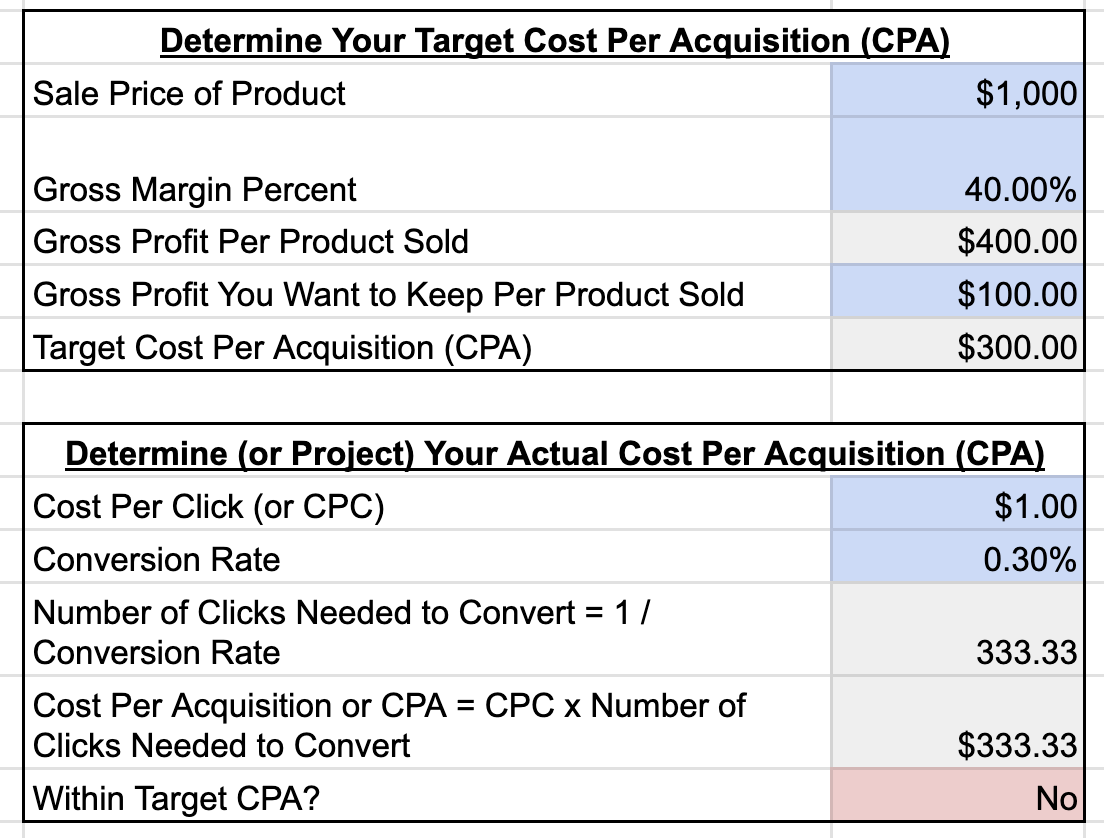
Let me know what you think of the PPC Performance Calculator!
FAQs About PPC Performance
About the author
Eagan Heath is a co-founder and Partner at Asymmetric Marketing – a unique agency specializing in building high-performing sales and marketing systems, campaigns, processes, and strategies for small businesses. Asymmetric has extensive experience working with local, ecommerce, and B2B companies.
If you'd like to discuss the challenges you're having and how we could potentially help, you can email Eagan at eagan.heath@asymmetric.pro or book a time with him here.
